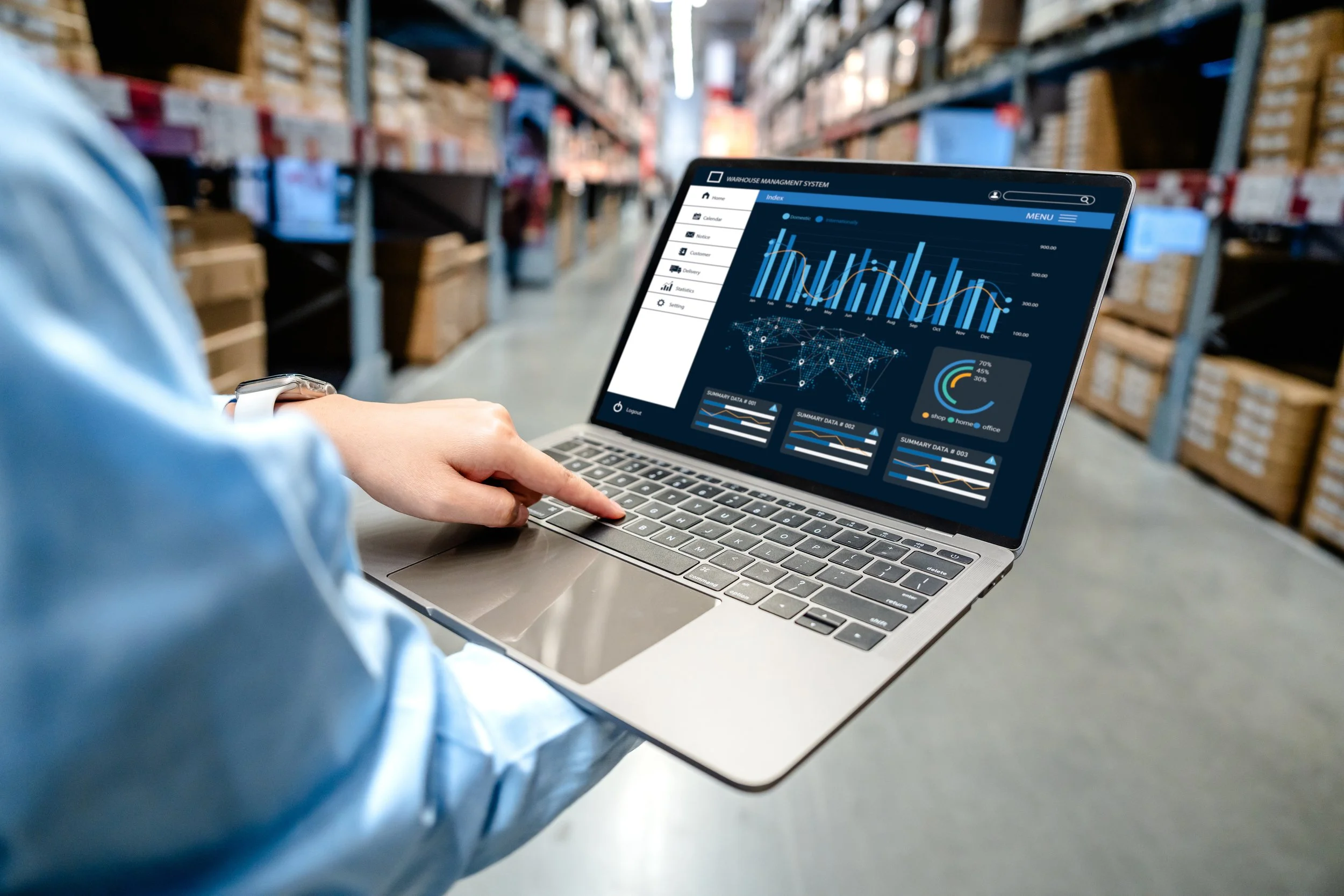Transforming Supply Chain and Warehousing with Advanced Analytics
In an increasingly complex and competitive global market, businesses are turning to advanced analytics to transform their supply chain and warehousing operations. Advanced analytics refers to the use of sophisticated tools, such as machine learning, predictive modelling, and artificial intelligence, to analyse data and extract meaningful insights. Unlike traditional reporting, which is largely descriptive, advanced analytics is diagnostic, predictive, and enables proactive decision-making. The integration of data-driven insights into logistics processes has become a strategic necessity for companies aiming to stay agile, efficient, and customer-focused.
Supply Chain management
There are various applications in supply chain management, with greater visibility around the movements of goods and high accuracy on forecasting. Forecasting software powered by Artificial intelligence allows businesses to predict demand with greater precision by incorporating historical data, market trends, customer behaviour, and external variables such as natural disasters or economic shocks. This ability is a game changer with the increased volatility we are seeing globally. These models continuously refine these forecasts, reducing the chance of overstocking or stockouts.
Transportation costs are more volatile than ever before, with fuel prices flexing up and down, and new tariffs and tolls being implemented. Businesses are turning to analytical tools that can work with real-time data to combat spiralling costs. Route optimization tools help logistics teams determine the most cost-effective and time-efficient delivery paths. These systems consider traffic conditions, fuel costs, delivery windows, and vehicle capacities to streamline operations and reduce emissions.
Warehousing Applications
After the COVID pandemic, many businesses found themselves struggling with exceedingly high stock levels. With By analysing inventory data in real time, advanced analytics helps companies strike the right balance between carrying costs and service levels. Predictive models can recommend reorder points, stock levels, and replenishment strategies tailored to dynamic market conditions. With greater visibility in the warehouse, operations managers can make decisions with greater confidence.
Warehousing is all about space management, a fully utilised warehouse wastes none of its square meterage. Using heat maps and simulation models, warehouse managers can design floor plans that reduce travel time, enhance picking accuracy, and maximize space utilization. This leads to improved throughput and reduced labour costs.
Challenges and Considerations
Despite its benefits, implementing advanced analytics comes with challenges. Poor data quality and poorly planned integration can lead to inconsistent or siloed data, undermining analytics efforts. Adopting a data-driven culture requires organizational buy-in and change management efforts, to prepare data and workflows for the new way of working. Currently, in Australia, there is a shortage of professionals skilled in both analytics, whilst also having a deep understanding of supply chain. Here at Priority, we have tried to combat this by training and upskilling our staff to help our clients with these challenges. Successful implementation often involves incremental steps, starting with high-impact use cases, investing in training, and choosing the right partners.

